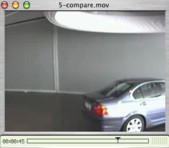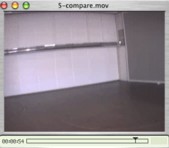 Project Fata Morgana
Project Fata Morgana
Mobile Augmented Reality applications promise substantial
savings in time and costs for product designers, in
particular, for large products requiring scale models and
expensive clay mockups (e.g., cars). Such applications are
novel and introduce interesting challenges when attempting
to describe them to potential users and stakeholders. For
example, it is difficult, a priori, to assess the nonfunctional
requirements of such applications and anticipate the usability
issues that the product designers are likely to raise. In
this paper, we describe our efforts to develop a proof-of-concept
AR system for car designers. Over the course of
a year, we developed two prototypes, one within a university
context, the other at a car manufacturer. The lessons
learned from both efforts illustrate the technical and human
challenges encountered when closely collaborating with the
end user in the design of a novel application.
Executive summary
Visionary goal
A designer sees a virtual and a real car (or a mockup) side-by-side. He can move back and forth between the cars and compare them freely.
(Blue virtual car side-by-side with a grey mockup)
Current solution
A designer sits at a desk and inspects a virtual car on his hand by moving and rotating it.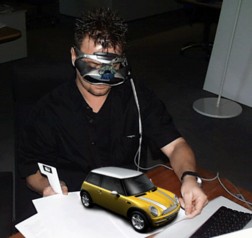
(Virtual car on a designer's palm)
Paper
Project description
Setup
- Lab project for 25 students and instructors during the spring semester 2001 at TU Munich
- Indepth project (system development, SEP) for a single student working directly with designers and technicians and managers at BMW during the fall semester 2001-2002
Case studies
We placed a camera on a designer's head to record his head motions while he evaluated car shapes in different scenarios. This helped us get an appreciation of the tracking requiremens (range and speed of head rotations) an AR-system would have to satisfy in different scenarios.- Turning:
The designer stands still at some distance from the car. The car rotates on a turn table.
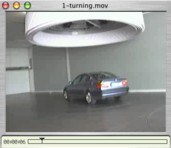
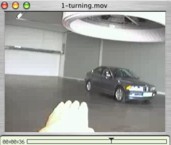
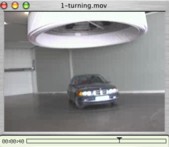
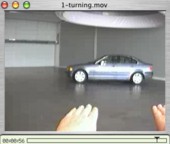
- Overview:
The designer walks around a car while keeping it in full view.

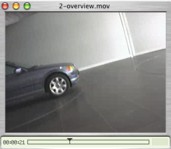
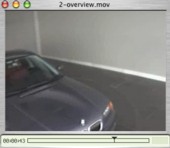
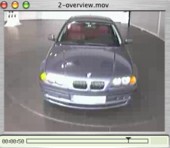
- Detail:
The designer approaches the car closely to inspect details.
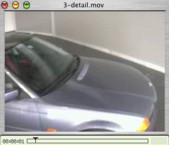
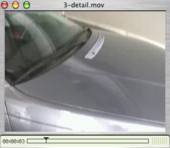
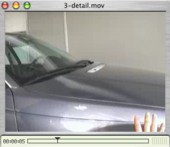

- Discuss:
The designer discusses a car with a colleague, moving his head back and forth accordingly.
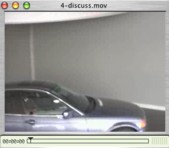
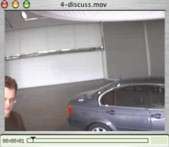

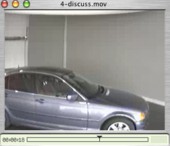
- Compare:
The designer compares two cars standing side-by-side on adjacent turn tables. In this sequence, one of the turn tables is supposed to show the virtual car and this is empty during this case study.

